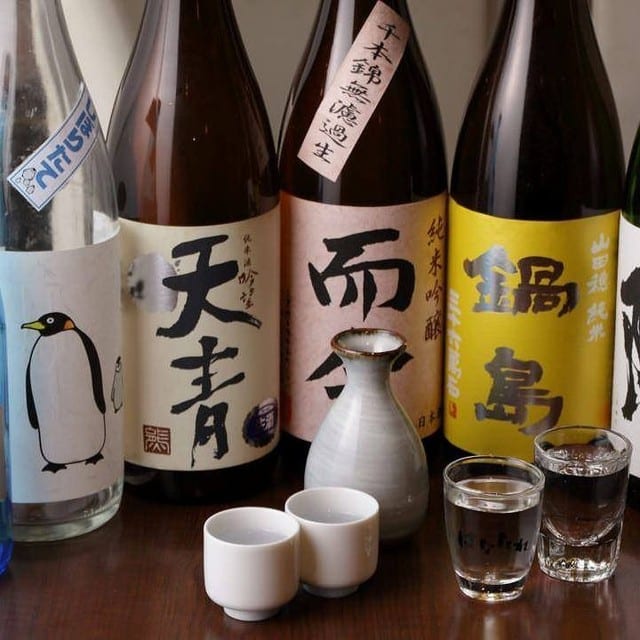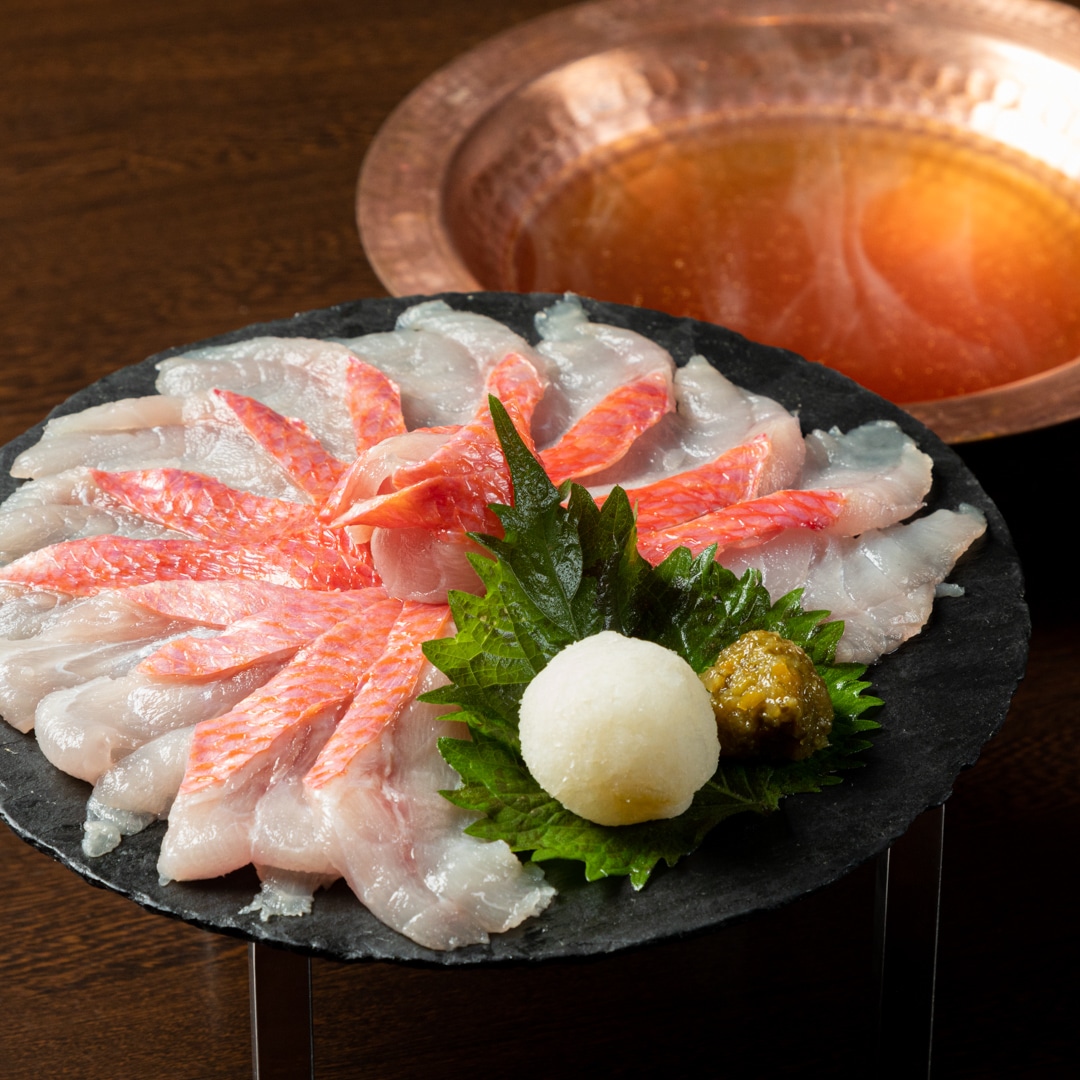Types of Sake. # Ginza Sake # Ginza Izakaya

There are many types of sake, and many different ways to classify them.
In this article, I will research more deeply into the types of sake.
Of course you will enjoy Japanese sake, but please take a look.
◆Various kinds of Sake
~What is your favorite sake? ~~
Sake is defined as "refined sake made in Japan from rice grown in Japan.
Sake can be divided into "ordinary sake" and "specialty sake".
Sake that satisfies certain conditions, such as ingredients, rice milling ratio, and brewing method, is called "Tokumei Sake" and other sake is called "Normal Sake.
In this article, we will introduce some of the "special name sake".
~8 kinds of sake
There are eight types of "specialty sake" available.
First, there are three types of sake: Junmai-shu, Honjozo-shu, and Gin-shu.
Junmai", "Tokusyu Junmai", "Junmai Ginjyo", and "Junmai Daiginjyo", Honjozo", "Tokusai Honjozo", "Ginjo", "Daiginjyo".
8 types of total sharing.
Let us look at each feature!
≪≪kun Mail Tree.
◎Junmai Sake
This type of sake is made from rice, rice music, and water.
You can enjoy the original flavor and sweetness of the rice juice, as well as the richness, richness and unique aroma of the rice.
As well, it can be used in a wide range of temperatures, from cold to hot.
◎Special Junmai Sake
This sake is made from rice, barley and water. The rice polishing ratio is low at 60%. * Special production method used.
◎Junmai Ginjyo Seishu
"We only use large rice, rice music, and water to make our sake." The rice milling rate is less than 601 TP3T.
It is not exactly junmai sake, but it does have the characteristics of ginjo sake, with a fresh taste of rice, a slight sweetness, and a gorgeous fruit aroma.
◎Junmai Daiginjyo Seishu
"Only using large rice, rice music, and water to brew sake." The rice is milled to less than 501 TP3T.
The palate is pure and clean, with no unpleasant taste, but you can enjoy the freshness and richness of the rice, and at the same time, you can enjoy the fruit-like flavor of the silver wine.
≪≪HONKOZHU.
◎Honzo Sake
This type of sake is made from large rice, rice music, water, and sake distillation. The milling ratio is less than 70%.
This is a kind of "core" sake with a refreshing taste. First of all, I recommend it cold, and secondly hot.
◎Special Honjo Kura
It is made from Daimai rice, rice music, hydrate, and sake distillation. Milling rate is less than 60%. * Adopted special manufacturing method production
"It has a kind of dry and pure taste.
*The amount of alcohol added is limited to 101 TP3T by weight of white rice.
≪≪GINJO.
◎Ginjyo Seishu
This type of sake is made from large rice, rice music, water, and sake distillation. The milling ratio is less than 60%.
It's special feature is its fruit aroma (ginjo fragrance), which is produced by a type of ginjo brewing method.
◎Daiginjyo Seishu
It is made from Daimai rice, rice music, hydrate, and sake distillation. Milling rate is less than 50%.
The mouthfeel is dry and smooth, with a distinctly different flavor. It is not dry, but it has the fruitiness of ginjo brewing and the beautiful ginjo aroma.
The "Tokubetsu Junmai-shu" and "Tokubetsu Honjo Zukuri" have their own special production methods, which are determined by the breweries themselves.
Please check the ingredients and the method of foam on the lot for the "special" mark.
Other sake brands such as Junmai-shu, Honjozo-shu, and Ginshu-shu are also available, but they are all referred to as "rich sake.
It has an aroma and flavor that is both warm and fresh, making it an easy-to-drink and mouth-feel-watering sake.
~Proportionate to the amount of rice and light
As you can see, the ratio of rice to light and the amount of alcohol produced are key factors in determining the type of sake to be distilled.
What is the ratio of rice polishing and brewing alcohol?
Milled rice ratio" is the percentage of the weight of the white rice that is left over after milling.
For example, 60% milling ratio display 40% is shaved, and 60% is used as raw material.
The characters are smaller, and the external parts are shaved more often than the internal parts.
Distillation liquor is a type of plant-based edible alcohol made from cane sugar.
The taste can be changed, e.g., to make it more fragrant, fresher, or more refreshing.
It has the unique characteristics of sake.
As of now, we have already introduced the ingredients, milling ratios, and brewing methods of sake.
The basis for the classification of Japanese sake.
However, sake can be divided into other types.
~Pulse [flame-broiling] unequal time classification.
In order to maintain the same quality and taste of the sake, the sake is usually sterilized twice before being packaged and transported.
The temperature of the sake is about 60 to 65 degrees Celsius.
The taste is also different depending on the time and the number of times you go through the sterilization process.
The sake that has not yet been sterilized by Boei is called "original sake".
It is fresh and young. Always keep it cool and fresh.
The sake that is sterilized by Boehringer before it is shipped out is called "Seibo Zuzhu".
As summer is the season, it is very suitable for summer. It has a light and refreshing taste and is easy to drink.
Namazume is a sake that has only been pasteurized once before being stored.
Because it has been sterilized twice, the taste is as fresh and crisp as the raw sake, and the mouthfeel is much more calm and quiet than the raw sake.
The "Hiyoroshi" of the fall season is a "fresh" dish.
~You can classify the tastes and aromas.
From the perspective of taste and aroma, sake can be divided into "Kunshu", "Soshu", "Junshu" and "Jukushu". Jukushu".
It can be divided into four types.
Highly aromatic sake is classified as "clear/mature sake", while lowly aromatic sake is classified as "sweet sake/mellow sake".
You can also go back to "mature sake/mature sake" for a sake with a rich flavor, or "savory sake/fresh sake" for a sake with a clear liquor taste.
Kumousake" has a strong aroma and a rich fruit flavor, and is both a ginjo sake and daiginjo sake.
Souzake" has a fresh and clean taste. It has a mild taste and is suitable for use with sake that has not been sterilized in high temperatures, as well as ordinary sake.
The richness of the "Kung Shu" taste will give you the richness and freshness of rice with the perfect aroma. Junmai Seishu (pure rice sake).
Jukushu" has a rich aroma and a rich flavor. It has a distinctive yellow and pale color due to aging. Jukushu" includes both aged sake and long-aged sake.
¨⌒¨⌒¨⌒¨⌒¨⌒¨⌒
I'm glad you're happy.
I recognize that you are more deeply into it, and you can feel the depth of the sake.
Classification may be difficult, but it is possible to find the taste of your own pleasure from many angles.
You can search for your favorite bottles by searching through the list.
The subtle differences in taste can be enjoyed at the same time as the true pleasure of sake!
When you come to the restaurant, we'll give you a chance to try our special dishes and drink some sake.
We look forward to your visit.
Contact Us
Click here to make a reservation
Store Information

Official] Jikinmedai Specialty Ginza Hanatare
- address (e.g. of house)
- 〒104-0061
Tokyu Plaza Ginza 11F, 5-2-1 Ginza, Chuo-ku, Tokyo - Access
- 1 minute walk from Ginza Station (Exit C2) on Subway Marunouchi Line
2 min. walk from Subway Hibiya Line Ginza Station, Exit B7
JR Yurakucho Station, 5 min. walk from Ginza Exit
5 min. walk from Ginza Exit of Yurakucho Station on the Yurakucho Subway Line
10 min. walk from JR Shimbashi Station Ginza Exit
10 min. walk from Ginza Exit, Shimbashi Station, Subway Ginza Line
130m from Ginza station - Phone number
- 050-5385-3477
- Business Hours
- Lunch 11:00-15:00 (L.O. 14:30)
Dinner 17:00-23:00 (L.O drinks 22:00, food 22:30)
Takeout 11:00~15:00/17:00~20:00 - regular closing day
- remarks


